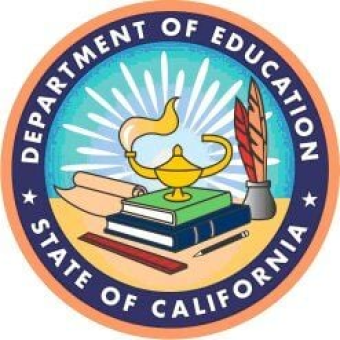Urban Geoscience
To culminate the study of Earth’s systems [CCC-4] and how humans interact with them, this instructional segment describes a range of possible project ideas that make the geologic history of a region relevant even in areas where the closest thing to a rock is a small patch of dirt among a sea of pavement. Equally important is an exploration of some of the ways that humans shape the landscape when they build cities. These impacts are perfect opportunities for using engineering and technology to reduce negative impacts while making cities more livable places. A teacher can guide students towards topics that are most appropriate for their local area.
California Department of Education. 2018. 2016 California Science Framework Chapter 8. Sacramento, CA: California Department of Education, 1256.
Big Idea Success Criteria
The categories and their related standards below unpack the success criteria of this big idea.
Guiding Questions
- How do Earth’s natural systems influence our cities?
- How do cities affect Earth’s natural systems?
Performance Expectations Students who demonstrate understanding can do the following:
HS-ESS3-1. Construct an explanation based on evidence for how the availability of natural resources, occurrence of natural hazards, and changes in climate have influenced human activity. [Clarification Statement: Examples of key natural resources include access to fresh water (such as rivers, lakes, and groundwater), regions of fertile soils such as river deltas, and high concentrations of minerals and fossil fuels Examples of natural hazards can be from interior processes (such as volcanic eruptions and earthquakes), surface processes (such as tsunamis, mass wasting and soil erosion), and severe weather (such as hurricanes, floods, and droughts) Examples of the results of changes in climate that can affect populations or drive mass migrations include changes to sea level, regional patterns of temperature and precipitation, and the types of crops and livestock that can be raised ]
HS-ESS3-4. Evaluate or refine a technological solution that reduces impacts of human activities on natural systems. * [Clarification Statement: Examples of data on the impacts of human activities could include the quantities and types of pollutants released, changes to biomass and species diversity, or areal changes in land surface use (such as for urban development, agriculture and livestock, or surface mining) Examples for limiting future impacts could range from local efforts (such as reducing, reusing, and recycling resources) to large-scale geoengineering design solutions (such as altering global temperatures by making large changes to the atmosphere or ocean) ]
HS-ETS1-2. Design a solution to a complex real-world problem by breaking it down into smaller, more manageable problems that can be solved through engineering.
HS-ETS1-4. Use a computer simulation to model the impact of proposed solutions to a complex real-world problem with numerous criteria and constraints on interactions within and between systems relevant to the problem.
California Department of Education. 2018. 2016 California Science Framework Chapter 8. Sacramento, CA: California Department of Education, 1256.
Alternative Means of Expression
This big idea does not have created or curated examples of alternative means of expression due to the project scope and timeline. If you have example options you would like to share with the initiative team, please use the BYOT option.
Sample Coursework
Bring Your Own Task (BYOT)
A Call to IEP Teams
We want students’ IEP team members to share their ideas regarding viable alternative means of expression pertaining to this big idea for students with disabilities, including those eligible for the CAA, these teams serve. IEP teams can define viable alternative means of expression for an individual student with an IEP, as long as these mediums meet the local requirements of the coursework.
A Call to Content-based Educators
In addition to IEP teams, we know secondary teachers and district curriculum leads have a wealth of experience and ideas related to innovative ways to assess students’ understanding of this content. We are interested in sample alternative means of expression this community sees as viable assessments of this big idea.
Please use the entry boxes below to share these ideas.
Important Note —These assessment tools will not be shared outside the review of the initiative team and will remain the intellectual property of the users who have made this submission. Furthermore, feedback or comments from the initiative team will not be given to uploaded content, nor does uploading materials imply that the alternative means of expression strategy is a viable option for this big idea.
"*" indicates required fields

